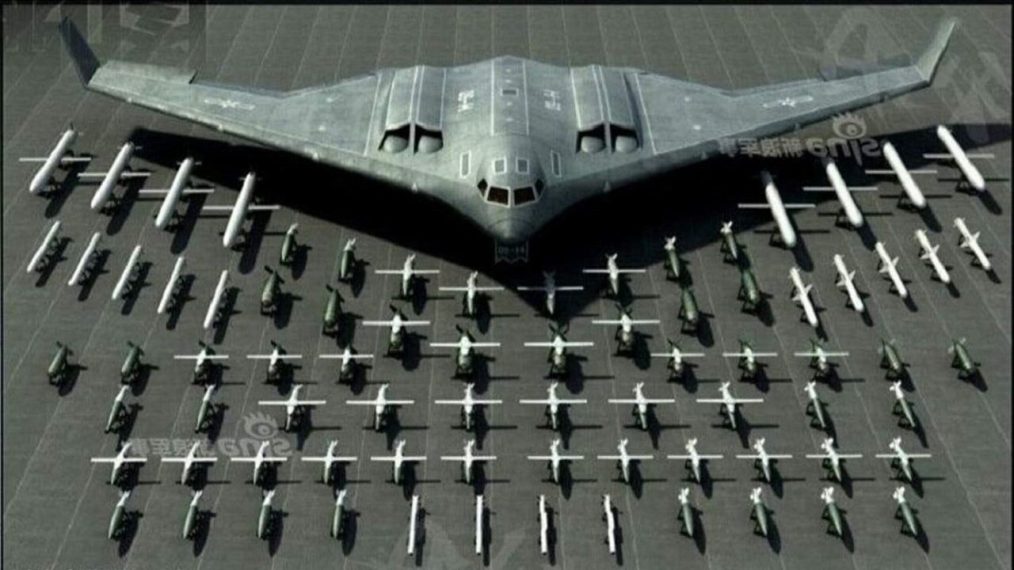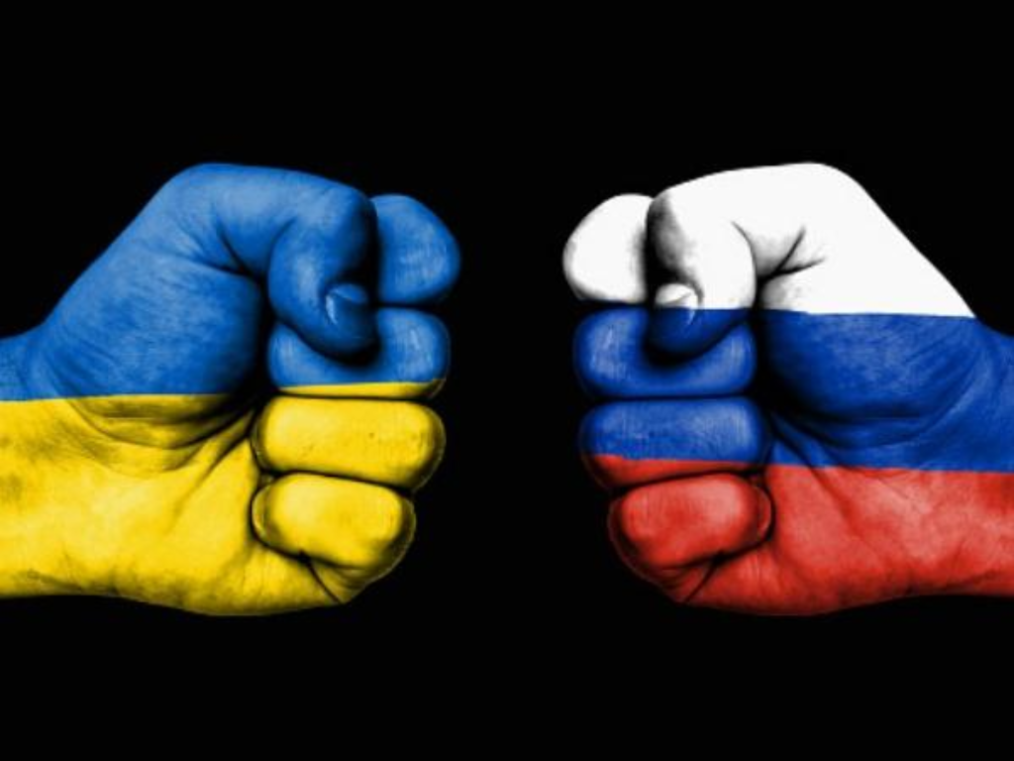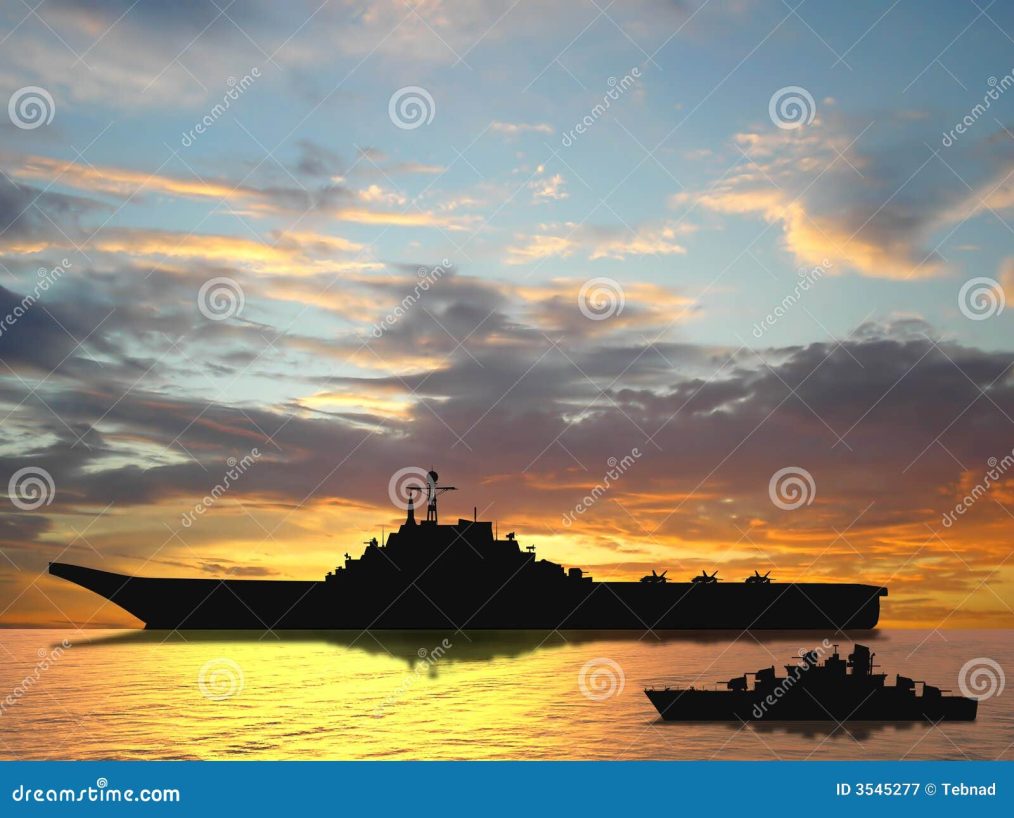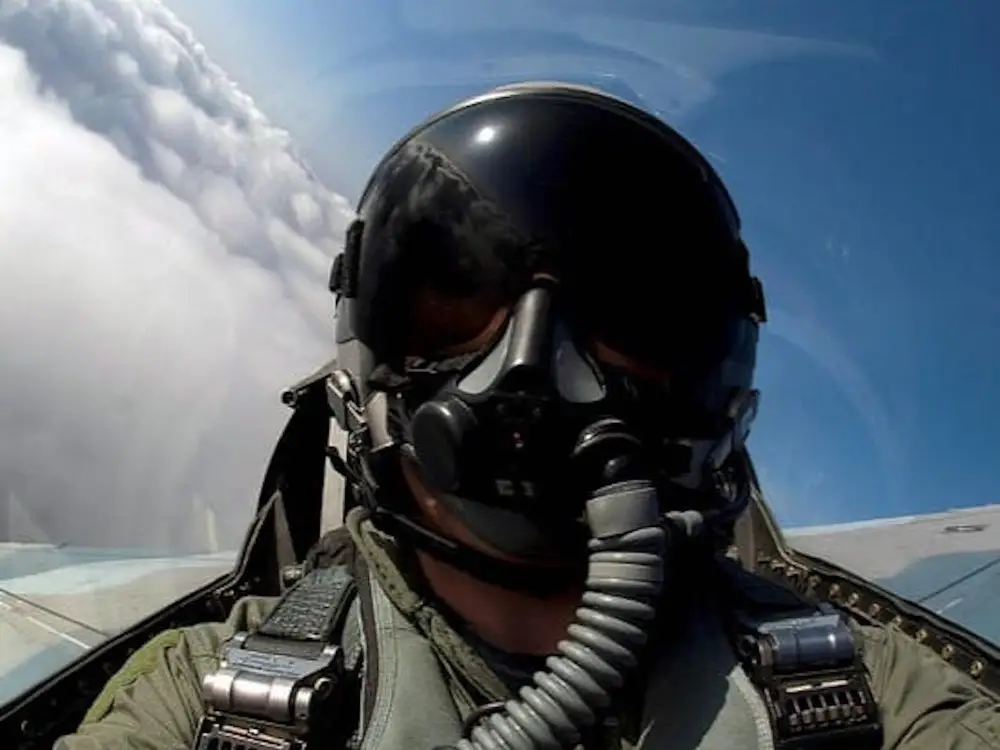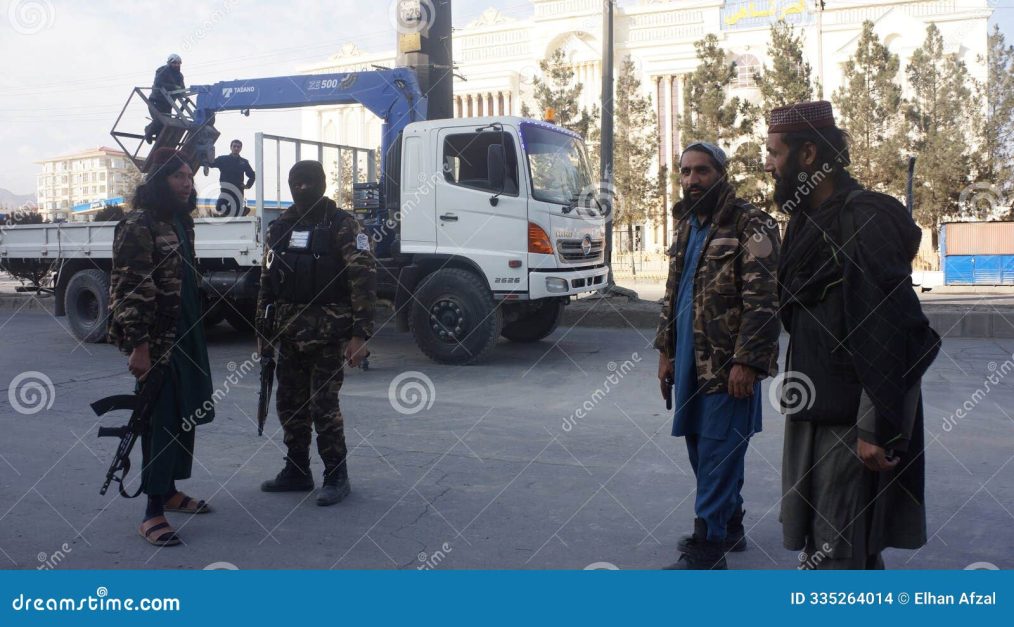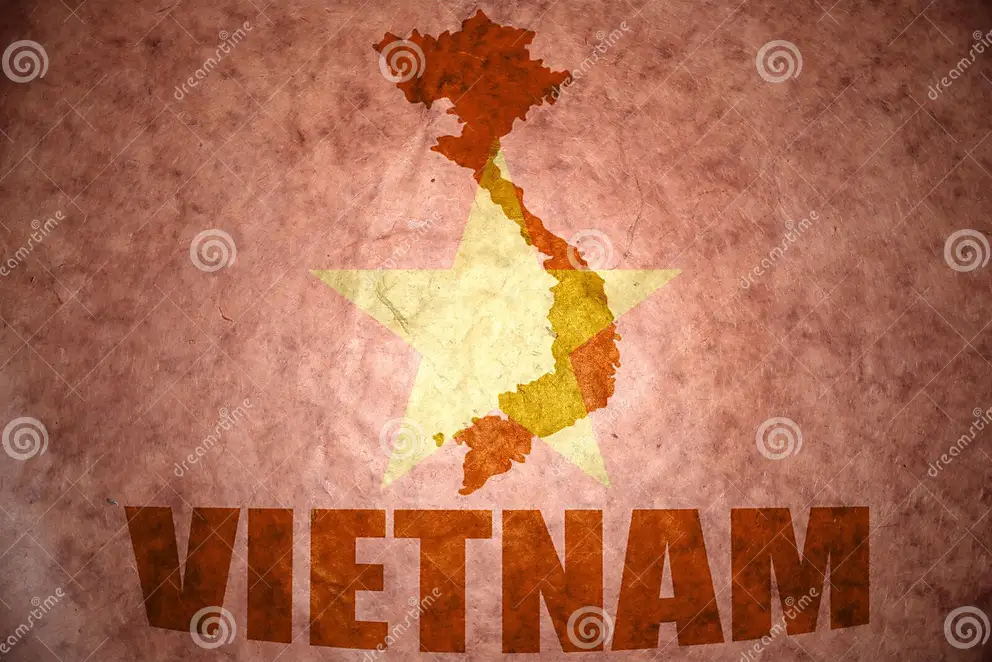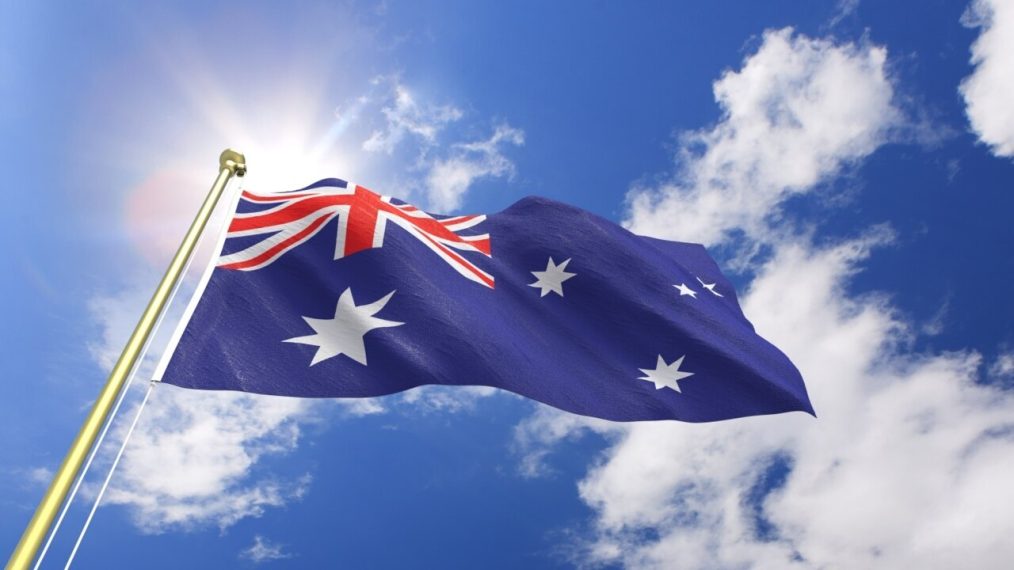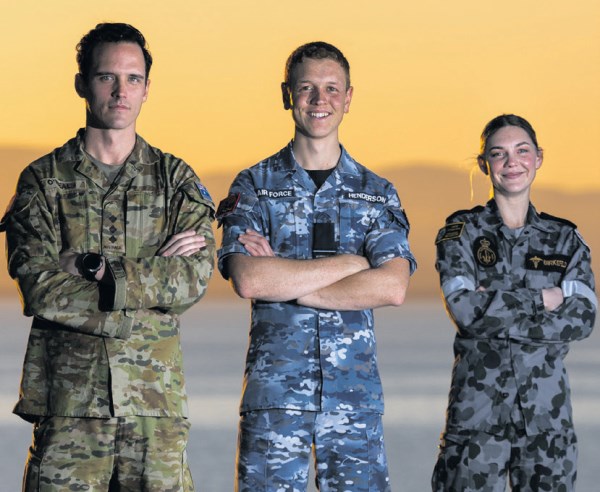Business Insider – Thibault Spirlet and Sinéad Baker
Photo: Ukraine said one of its F-16 pilots took out six Russian cruise missiles in one flight in December. Facebook/@Air Force Command of UA Armed Forces
Ukraine said one of its F-16 pilots achieved a feat nobody flying the jet had managed before.
In a Facebook post on Tuesday, Ukraine’s air force command said a pilot flying an F-16 took out six Russian cruise missiles during a single flight, using air-to-air missiles and an aircraft cannon.
This occurred during a “mass” missile and drone attack in December, it said.
On December 13, Russia fired almost 200 drones, Kinzhal air-launched ballistic missiles, and 94 cruise missiles at Ukraine.
The pilot’s main target was the cruise missiles, the post said.
He used all four air-to-air missiles on board the F-16, two of which were short range, which forced the jet to fly closer to the missiles — an “extremely dangerous” task, it said.
The pilot then struck two other missiles flying close to each other using an air cannon, it added.
Business Insider was not able to verify the report, but air warfare experts described the scenario as plausible, as well as deeply impressive.
Tim Robinson, a military aviation specialist at the UK’s Royal Aeronautical Society, described it as something that could definitely have happened with a pilot in the right place and the right time, and with the right training and enough missiles.
“It still is an incredible achievement because a cruise missile is a quite small target, and it’s also flying quite low,” he said.
The alleged takedowns show “that this pilot has mastered the F16 weapons systems,” Mark Cancian, a senior adviser on the International Security Program at the Centre for Strategic and International Studies, added.
Since the start of its full-scale invasion in 2022, Russia has frequently launched large missile attacks at Ukraine, aimed at overwhelming Ukraine’s air defence systems and hitting targets behind the front lines.
Col. Yuriy Ihnat, the head of the Ukrainian air force command’s public relations service, said that intercepting “such important targets is not an easy task for a pilot, but who, if not Ukrainian pilots, has the most experience in the world of winged missiles?”
The pilot, who had recently undergone retraining for F-16s in the US, said in the Facebook post that Ukrainian F-16 pilots had never used an aviation cannon to shoot down targets.
However, he said he applied the lessons he learned in the US.
“I must have set a record that day,” he said, adding: “I am convinced that this experience will be useful to colleagues.”
Ihnat described it as the first documented case.
“Based on objective control, we have one hundred percent confirmation that for the first time in history in anti-air combat, an American fighter F-16 shoots down six winged missiles,” he said.
Air warfare experts also said they believed six missiles in a single mission would be a record for the F-16.
“Shooting down six cruise missiles in a single sortie is at the physical limits of the aircraft, so this would be a record if true,” Cancian said.
He added it was something that was possible because there are so many missiles in the skies over Ukraine.
“An experienced Western pilot would be expected to do this, but none have demonstrated the ability since none have faced the numbers of simultaneous incoming missiles that the Ukrainians have,” he said. “US and Western pilots have faced one or two incoming missiles at a time.”
Cancian also said it shows what Ukraine could do if it was given more of the jets. “More F-16s would mean a more robust air defence for Ukraine.”

